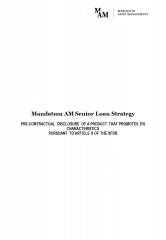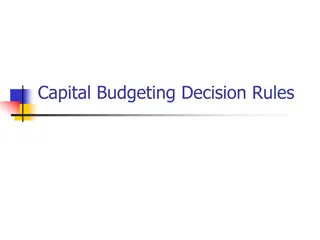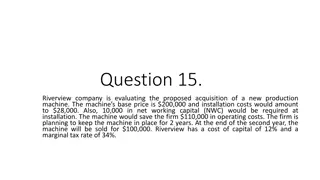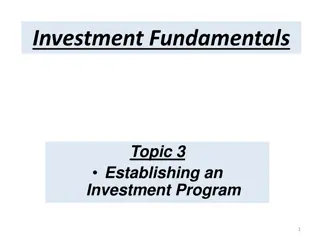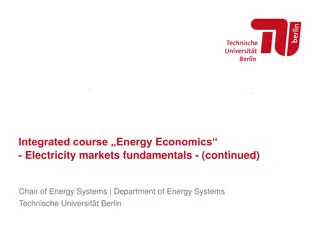NPV Technique for Investment Decisions
Net Present Value (NPV) technique is a crucial tool in financial analysis used to evaluate investment opportunities. By calculating the present value of cash inflows and outflows, investors can determine the profitability of a project. The NPV decision rule guides investors on whether to accept, reject, or remain indifferent towards an investment based on the sign of NPV. Understanding the advantages and disadvantages of NPV aids in making informed investment choices.
Download Presentation

Please find below an Image/Link to download the presentation.
The content on the website is provided AS IS for your information and personal use only. It may not be sold, licensed, or shared on other websites without obtaining consent from the author.If you encounter any issues during the download, it is possible that the publisher has removed the file from their server.
You are allowed to download the files provided on this website for personal or commercial use, subject to the condition that they are used lawfully. All files are the property of their respective owners.
The content on the website is provided AS IS for your information and personal use only. It may not be sold, licensed, or shared on other websites without obtaining consent from the author.
E N D
Presentation Transcript
NET PRESENT VALUE TECHNIQUE Net Present Value or NPV is the sum of the present value of cash inflows and outflows. In other words, it is the difference between the present values of cash inflows and the present value of cash outflows over some time. A net present value equation helps the user understand the time value of money. In corporate securities, NPV is often referred to as Discounted Cash Flow analysis. NPV can be calculated using tables, financial calculators, or spreadsheets.
NPV DECISION RULE The following NPV signs explain whether the investment is good or bad. NPV > 0 - The present value of cash inflows is more than the present value of cash outflows. The money earned on the investment is more than the money invested. Hence, it is a good investment. NPV = 0 - The present value of cash flows is more than the present value of cash outflows. The money earned on the investment is equal to the money invested. Therefore, there is no difference between cash inflows and cash outflows. NPV < 0 - The present value of cash inflows is less than the present value of cash outflows. The money earned on the investment is less than the money invested. Hence, it is not a fruitful investment.
NPV DECISION RULE Following are the NPV decisions which can be made by looking at the above NPV signs: In the case of the stand alone project, accept the project if NPV is positive or greater than 0, reject a project if NPV is negative or less than 0, and stay indifferent between accepting or rejecting the project if NPV is 0. In the case of competing projects (mutually exclusive projects), accept the project with greater NPV.
ADVANTAGES It is very easy to calculate. Before making any decisions regarding investments, if the investor knows how to calculate NPV, they shall be able to make better decisions. Secondly, it compares the present value of both cash inflow and cash outflow. As a result, the comparison provides the right perspective for the investors to make the right decision. NPV offers the user a conclusive decision. After calculating this, they will directly get to know whether to go for the investments or not. It helps investors consider multiple investment options irrespective of heterogeneous initial costs, project durations, and cash flow patterns. It works in collaboration with metrics such as Internal Rate of Return (IRR) and payback comprehensive and accurate financial analysis. method to provide a
DISADVANTAGES The accuracy of these calculations relies heavily on the precise estimation of future cash flows. If these estimates are unrealistic or inaccurate, the calculations could deliver misleading results. Inherently, it does not consider the scale of the investment. For instance, two different projects might have different initial investments but the NPV calculations could deliver similar cash flow requirements despite different risk profiles of these projects. Short-term projects might have higher NPV values, regardless of if long-term projects are able to generate more value over time. This concept conveniently ignores the capital constraints or limitations on available funds, which potentially leads to making average investment decisions.


